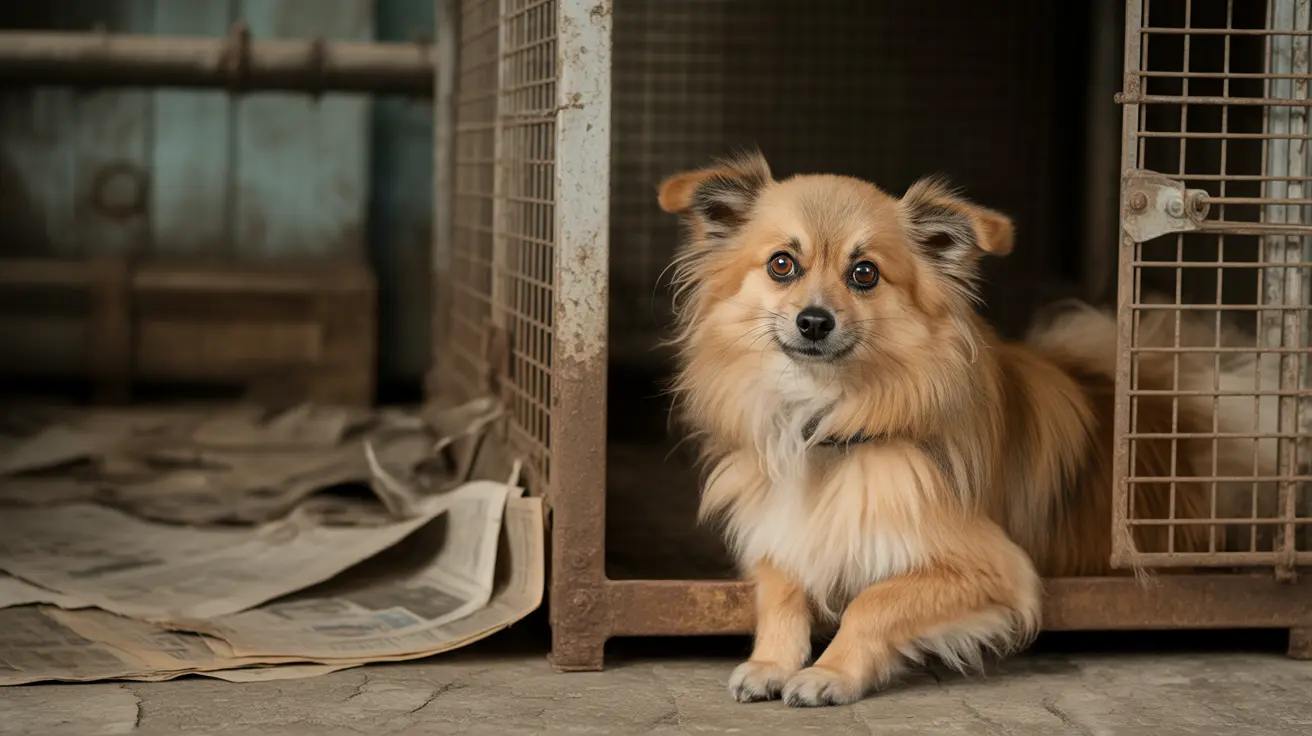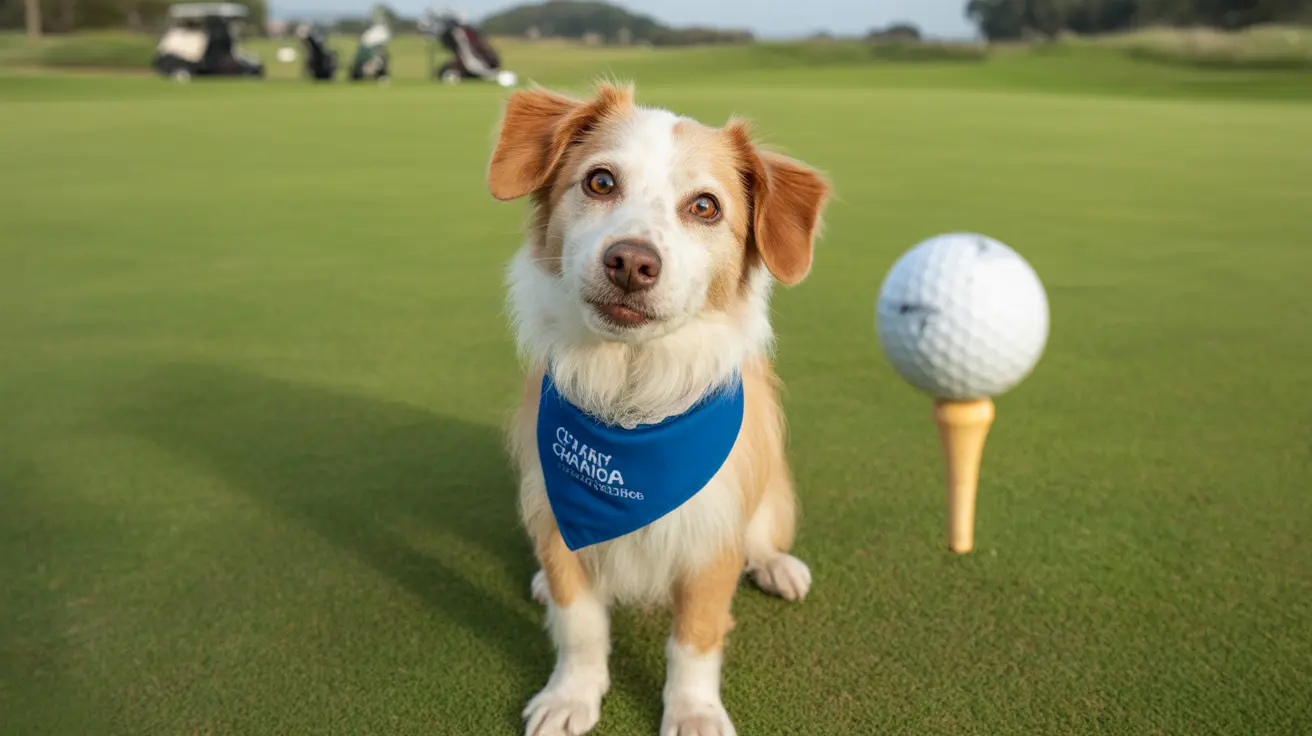Why Cats and Dogs Can't Breed Together
People sometimes wonder if it's possible for a cat and a dog to mate and have offspring. The short answer is: no, cats and dogs cannot breed together. Let’s explore why that’s the case, using a mix of science, biology, and a little common sense.
Different Species, Different Genetics
Cats (Felis catus) and dogs (Canis lupus familiaris) belong to completely separate species. In fact, they’re not even in the same family—cats are felines, while dogs are canines. Their genetic material is simply too different to combine in any meaningful way. Even if you put a cat and a dog together, their bodies wouldn’t recognize each other as potential mates.
What Makes Species Compatible?
For two animals to produce offspring together, they need to be closely related genetically. Usually, this means being in the same genus or at least the same family. For example:
- Lions and tigers (both in the genus Panthera) can sometimes produce ligers or tigons.
- Wolves and domestic dogs (both Canis) can mate and have puppies.
Cats and dogs don’t share this close relationship. Their chromosomes don’t match up; cats have 38 chromosomes while dogs have 78. This makes any kind of hybridization impossible.
No Biological Compatibility
Even if you ignore genetics for a moment, there are plenty of other barriers:
- Mating behavior: Cats and dogs have very different courtship rituals. They don’t recognize each other’s signals or cues.
- Anatomy: Their reproductive organs aren’t compatible—they simply don’t fit together in a way that would allow mating.
- Pheromones: Each species uses unique chemical signals to attract mates; these signals mean nothing to the other species.
The Myth of Cat-Dog Hybrids
You might see pictures or stories online about “cat-dog hybrids,” but these are either digital manipulations or misunderstandings. Sometimes people mistake certain breeds of cats or dogs for hybrids because of their unusual looks (like a dog with pointy ears or a cat with a bushy tail), but these are just natural variations within each species.
Why Do People Ask?
This question comes up often because cats and dogs are both popular pets—and sometimes they even play together! But play isn’t mating behavior. It’s easy to anthropomorphize our pets (give them human qualities), but their biology sets strict limits on what’s possible.
What About Other Animal Hybrids?
The animal kingdom does have some fascinating hybrids, but only between closely related species:
- Mules: A cross between a horse and a donkey (both Equidae).
- Ligers: Lion-tiger crosses (both Panthera).
- Coywolves: Coyote-wolf hybrids (both Canis).
These examples work because the parents share much more DNA than a cat does with a dog. Even then, many hybrids are sterile or have health problems due to mismatched genetics.
The Science Behind Reproduction Barriers
Scientists call the inability of different species to mate “reproductive isolation.” There are several types:
- Prezygotic barriers: Prevent fertilization from happening at all—like different mating seasons or incompatible anatomy.
- Postzygotic barriers: Even if fertilization occurs, the embryo doesn’t survive or the offspring is sterile.
Cats and dogs face both types: they can’t mate physically, and even if somehow their cells fused (which doesn’t happen), development would stop immediately due to incompatible DNA instructions.
The Bottom Line
If you’re hoping for a real-life “catdog,” it’s just not going to happen naturally. The differences between them go far beyond fur type or personality—they’re written deep into their DNA. So while your cat and dog might nap side by side or chase each other around the house, that’s as close as their relationship will ever get biologically.





